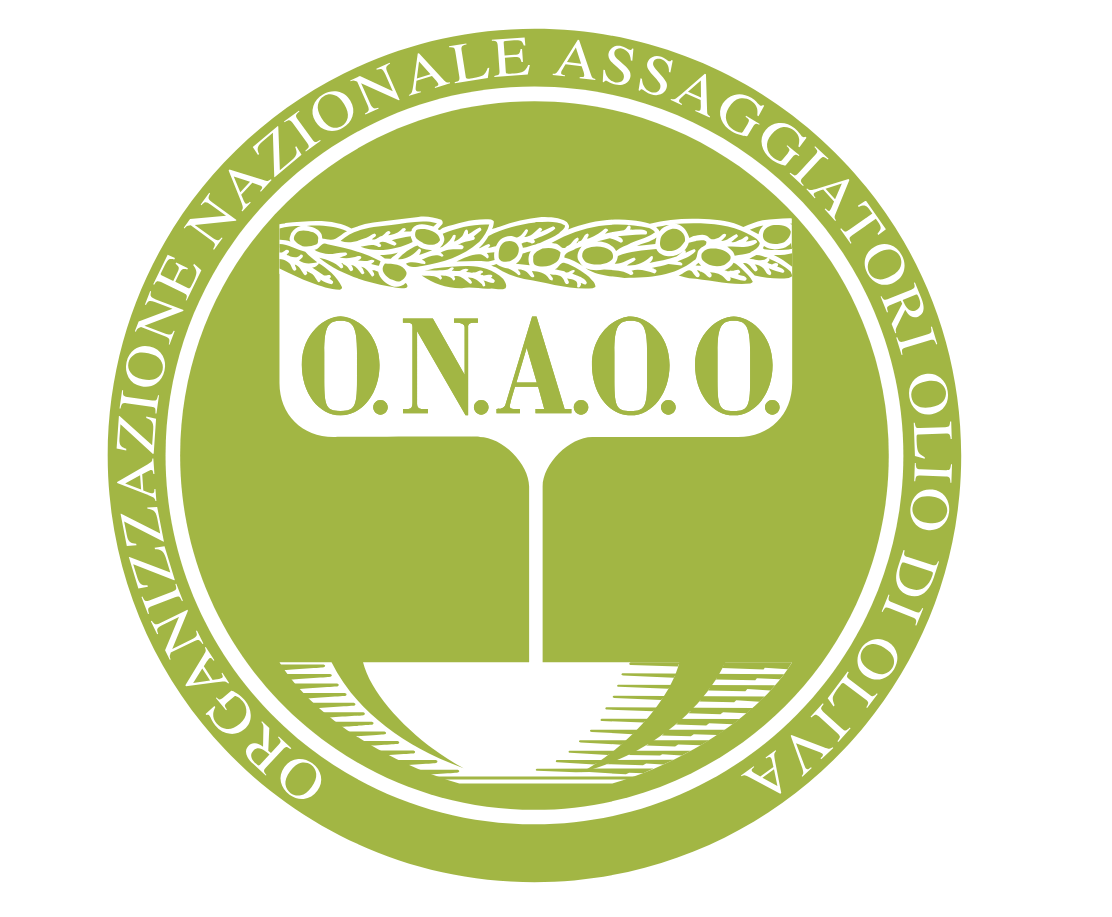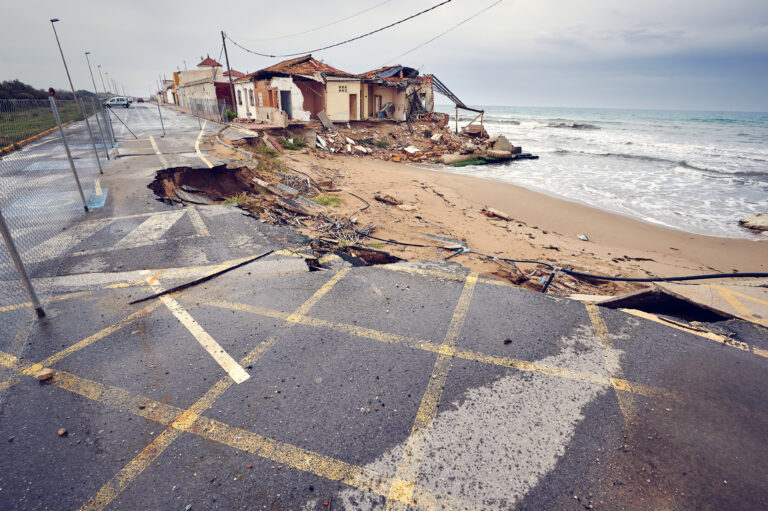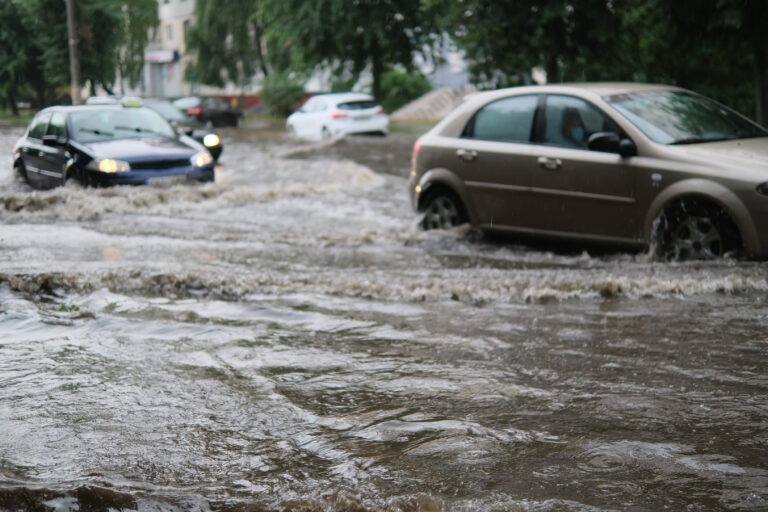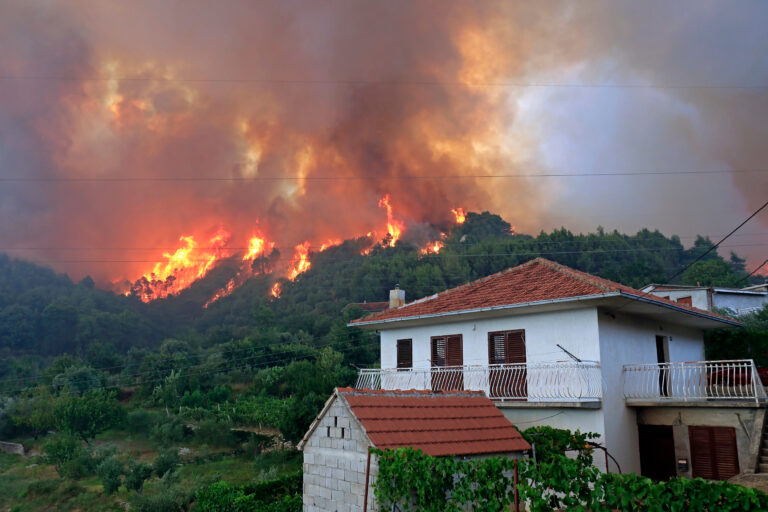Sicily, the most extended island in Italy, covers an area of 25,832.39 km2 and has a population of 4,782,457 inhabitants (data recorded in 2022). The region contributes 5% of the national GDP, primarily driven by agriculture, industry, and tourism. More than 60% of population is concentred in urban areas high-vulnerable to climate change-related threats like extreme heat waves, as evidenced by the 48.8°C recorded in August 2021, as well as pluvial and coastal floods, such as the 150/300 mm of rainfall observed in 2021. The scenario is characterized by irregular precipitations and prolonged droughts, combined with increased evapotranspiration due to heat extremes. These factors are also the cause of the increasing number of fires, which are becoming more frequent and wider every year and are also affecting the borders of urban areas. The severity and frequency of extreme temperatures and rain precipitations have risen in recent years and are projected to worsen in the future.
The cascading effects of this scenario are considerable and are also significantly affecting the economic and social sectors. The high electricity demand for powering summer cooling combined with limited local production causes seasonal power outages in the summer, which means economic losses in the tourism sector as well as significant disruptions for the residential and industrial sectors.
As reported in the Legambiente report “Città Clima 2022’’, there have been 25 extreme climate events in the year 2022, which is the hottest since 1800 and in the last 12 years there have been 175 extreme weather events in Sicily, more than one per month, surpassing all the regions in Italy. In eastern Sicily, there were 44 significant events, including 21 cases of urban flooding and nine cases of infrastructure damage due to heavy rainfall. In Palermo, 21 noteworthy events occurred within the same period, including 11 floods caused by intense rain. Particularly subject to intense rainfall events is the area of the Strait of Messina where in 2019 220 millimeters of rain fell in less than 4 hours, causing 37 deaths, 95 injuries and 6 missing.
The damages to infrastructure (like the ones that occurred due to extreme rainfall events) lead to serious problems in the accessibility of the public health system or public transport.
From a socio-economic point of view, Sicily is characterized by a high rate of emigration, especially of young and highly-educated people.
What have we done so far? The cities of Palermo, Catania, and Messina, as part of the Covenant of Mayors initiative, have endowed themselves with the Action Plan for Sustainable Energy and Climate (SECAP) to reduce greenhouse gases by 40% by 2030. The plan also contains a baseline Emission Inventory (GHG) to monitor Climate Mitigation action’s effects and a Climate Risks and Vulnerability Assessment section to address Climate Adaptation measures. Recently the Sicily Region approved any measures to orient the EU Cohesion Policy and Next Generation EU funds for 2021-2027 programming period, focused on CCA and resilience.
Pilot projects from other relevant EU projects in the region
ClimateFarmDemo- https://climatefarmdemo.eu/cfd/en/#/farms
CASE STUDIES – https://lessonsonfire.firelogue.eu/case-studies/
WeADAPT – https://weadapt.org/placemarks/maps/
CLIMAAX https://www.climaax.eu/project/
CLIMAAX builds upon existing risk assessment frameworks, methods and tools, and promotes the use of datasets and service platforms for local and regional scale deployment. It will develop a robust and coordinated framework of consistent, harmonised and comparable risk assessments.
ACCEPT – Assessment of Climate Change Effects on Pollution Transport https://accept.cyi.ac.cy/
AQ-SERVE https://aqserve-project.com/
AVENGERS – Attributing and Verifying European and National Greenhouse Gas and Aerosol Emissions and Reconciliation with Statistical Bottom-up Estimates https://avengers-project.eu/
CELSIUS – Projecting Temperature Climate Extremes at Regional to Urban Scales https://celsius.cyi.ac.cy/
CoCO2 – Prototype system for a Copernicus CO2 service https://coco2-project.eu/concept
Edu4Climate – European Higher Education Institutions Network for Climate and Atmospheric Sciences https://edu4climate.cyi.ac.cy/
OptimESM – Optimal High-Resolution Earth System Models for Exploring Future Climate Changes https://optimesm-he.eu/
PREVENT – Improved Predictability of Extremes over the Mediterranean from Seasonal to Decadal Timescales https://cordis.europa.eu/project/id/101081276
LIFE – MEDEA – Mitigating the Health Effects of Desert Dust Storms Using Exposure Reduction Approaches https://www.life-medea.eu/
CiROCCO – Enhancing the In-situ Environmental Observations across Under-sampled Deserts https://cirocco-project.eu/
Best practices in the production of olive oil:

Olive Oil Seminars
Olive Oil Seminars – Oliveoil seminars for consumers and oil producers, from Vasilios Frantzolas started in 2005, offering seminars about

O.N.A.O.O.
O.N.A.O.O. – National Organization of Olive Oil Tasters – National Organization of Olive Oil Tasters (onaoo.com) is the first School



